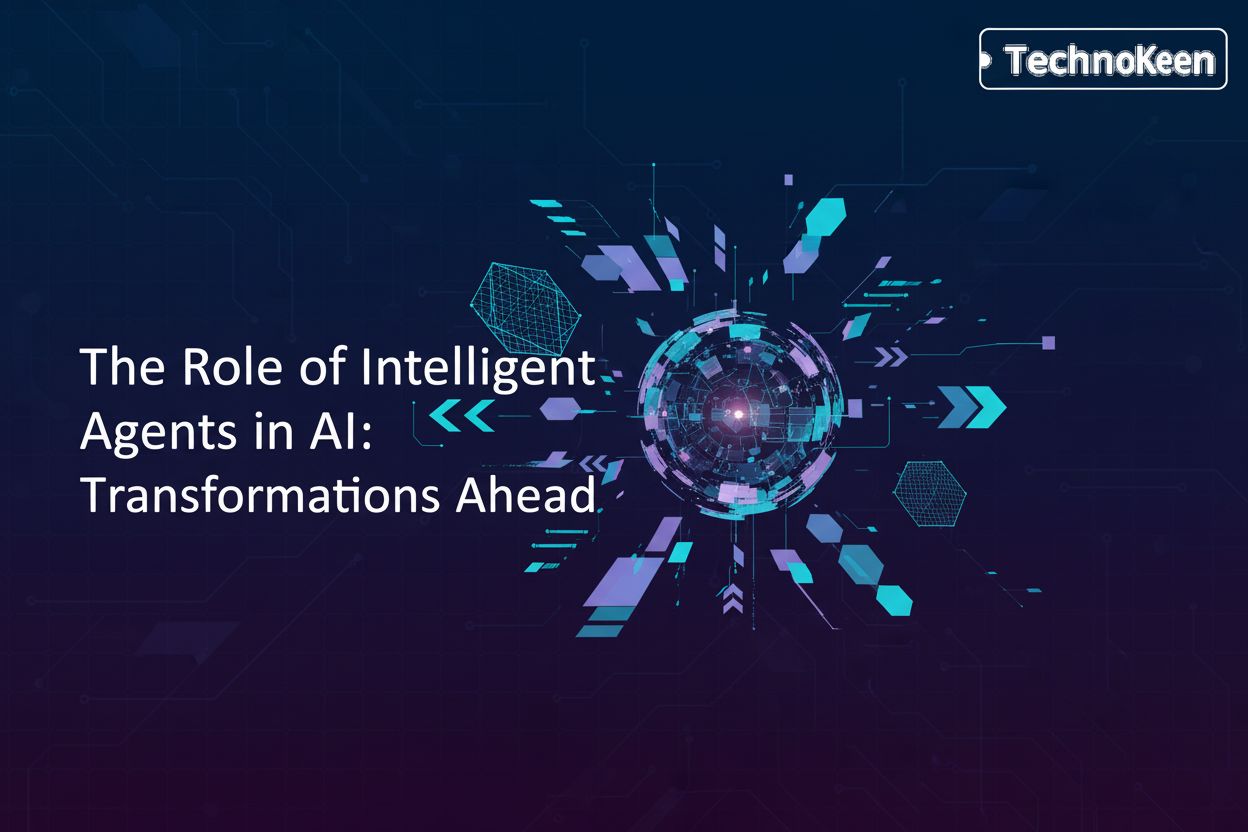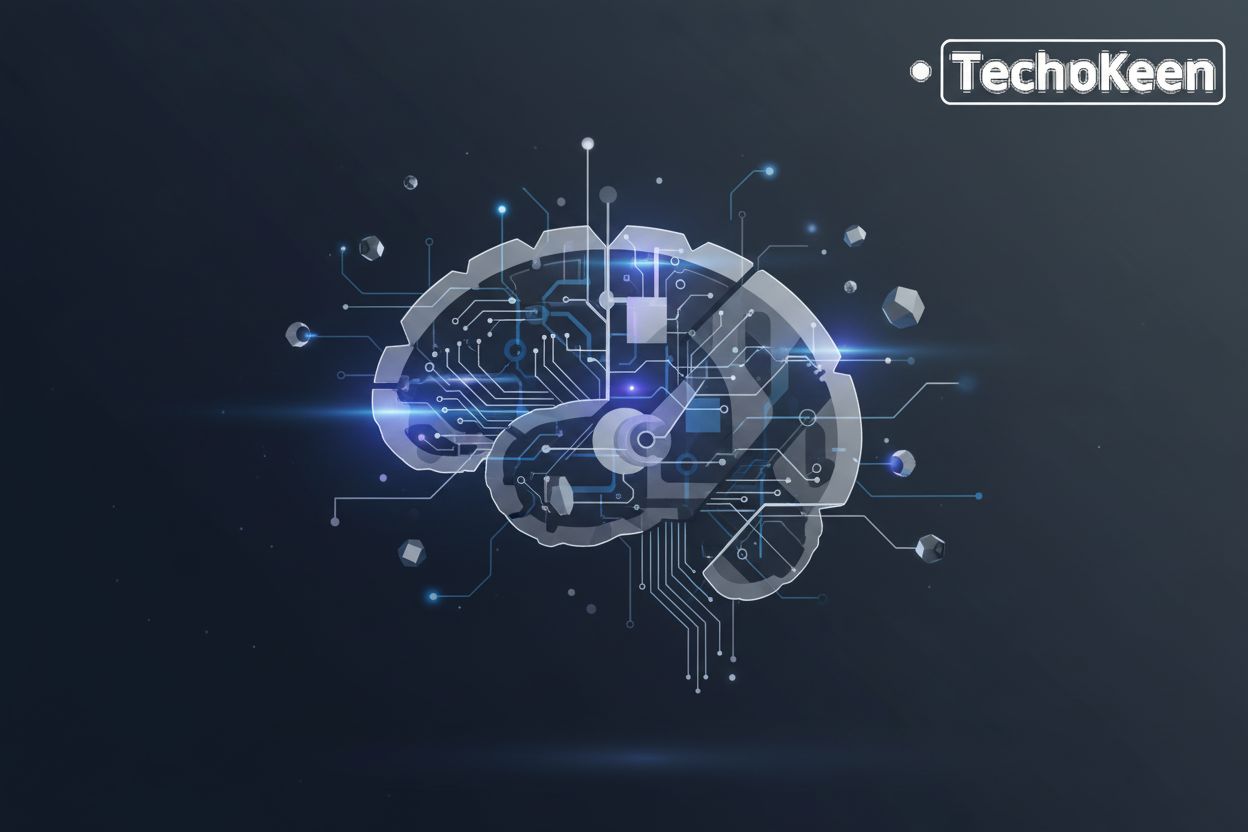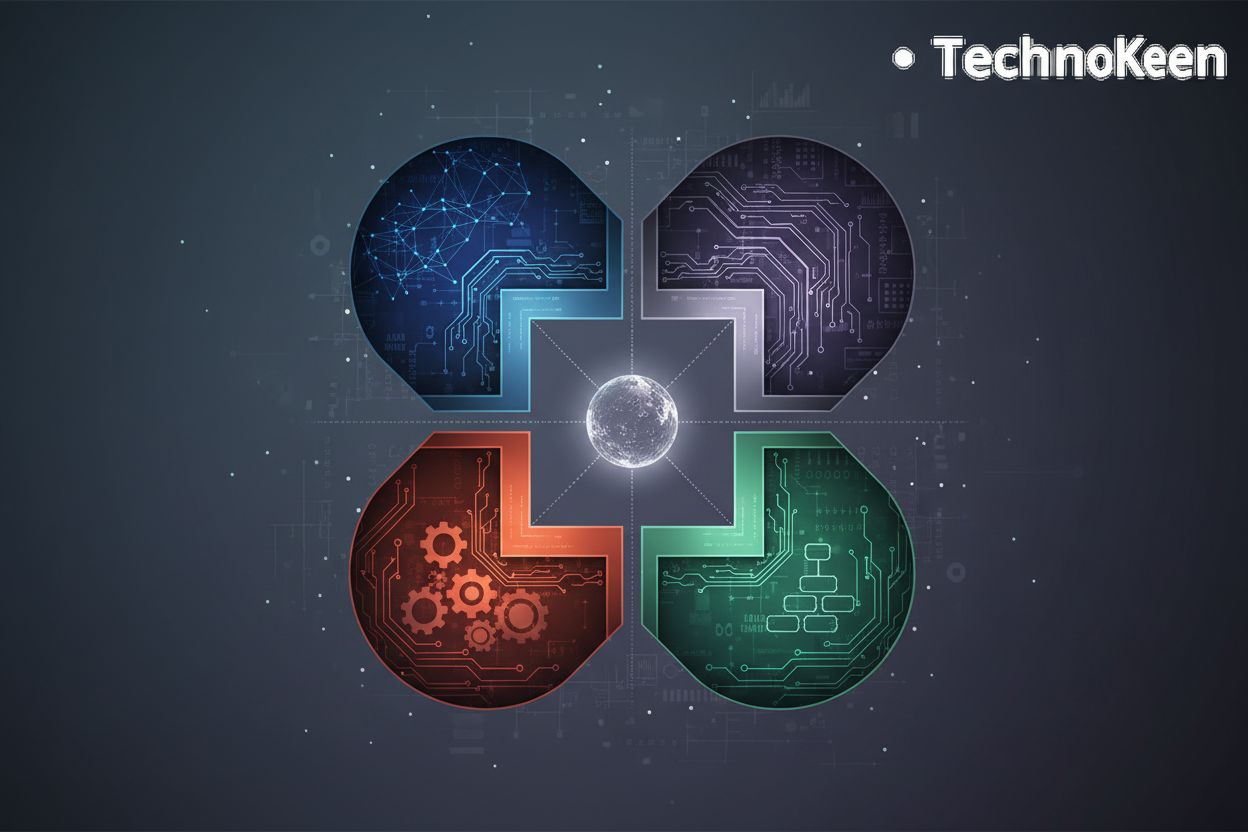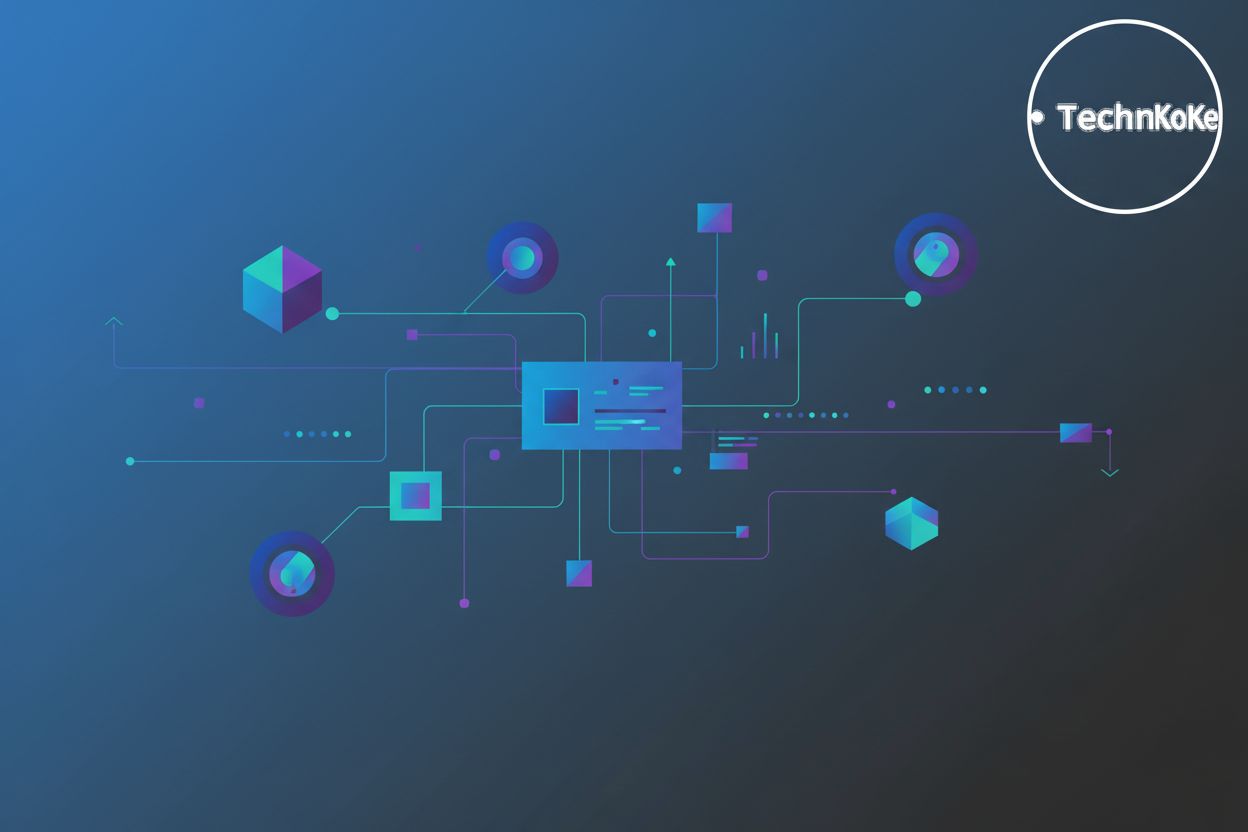Serverless Deployment Strategies for AI Agents: A Comprehensive Guide
TL;DR
Introduction to Serverless Deployment for AI Agents
Imagine deploying ai agents that scale instantly without managing servers. Serverless deployment makes this possible, offering a new approach to ai infrastructure.
Here's why it's gaining traction:
- Scalability: Serverless platforms like AWS Lambda automatically scale based on demand. (Top Serverless Functions: Vercel vs Azure vs AWS)
- Cost-Efficiency: Pay only for the compute time you use, reducing operational costs. (Cost Optimization - AWS Well-Architected Framework)
- Reduced Overhead: Focus on code, not server management, streamlining ai deployments.
Next, we'll explore what serverless computing really means.
Key Serverless Deployment Strategies for AI Agents
Did you know that choosing the right deployment strategy can significantly impact the performance and reliability of your ai agents? (Choosing the right AI Agent Strategy - Allen Chan - Medium) Let's explore some key serverless deployment strategies that can help you optimize your ai infrastructure.
Blue-Green Deployment
Blue-Green deployment minimizes downtime by running two identical production environments: Blue and Green. Only one environment is live at any time. When you deploy a new version of your ai agent, you deploy it to the idle environment. Once tested, you switch traffic to the new environment. This ensures zero-downtime deployments and provides a quick rollback option if needed.
Here's how it works:
- Parallel Environments: Maintain two identical environments.
- Live Updates: Deploy new versions to the idle environment.
- Traffic Switch: Switch traffic to the updated environment after testing.
AWS Lambda supports blue-green deployments through its alias feature. You can create two aliases, each pointing to different versions of your function. To switch traffic, update the alias to point to the new version. Azure Functions supports blue-green deployments using deployment slots. You can deploy and test your new function code in a "staging" slot and then swap it with the "production" slot when ready.
According to Lumigo, this strategy provides a safety net and allows testing in a production environment before full deployment.
Shadow Deployment
Shadow deployment allows you to test new versions of your ai agents without affecting users. Incoming traffic is duplicated and sent to both the old and new versions. The new version processes the traffic but its output isn't used to serve real requests.
Key benefits include:
- Real-World Testing: Evaluate performance under production load.
- Zero Impact: No risk to user experience.
- Performance Insights: Identify potential issues before going live.
AWS Lambda doesn’t directly support shadow deployments. However, you can achieve this by using Amazon API Gateway and AWS Lambda together. You can configure the API Gateway to duplicate incoming requests and send them to both versions of your function.
Canary Deployments
Canary deployments are all about rolling out new features to a small subset of users first, like a canary in a coal mine. You gradually increase the traffic to the new version while monitoring its performance and stability. If everything looks good, you roll it out to everyone. If not, you can quickly roll back.
Benefits of Canary Deployments:
- Reduced Risk: Limits the blast radius of potential bugs or performance issues.
- Early Feedback: Gather real-world usage data before a full release.
- Gradual Rollout: Allows for a smoother transition and less disruption.
Implementing Canary Deployments in Serverless:
This typically involves using a load balancer or API gateway to route a small percentage of traffic to the new version of your ai agent. Services like AWS App Mesh or Azure Traffic Manager can help manage this traffic splitting. For AWS Lambda, you can use weighted routing with API Gateway or Lambda aliases to direct a percentage of requests to a new function version.
Securing Serverless AI Agent Deployments
Is your ai agent's data as secure as Fort Knox? When deploying serverless ai agents, security should be a top priority. Here's how to lock down your deployments.
- IAM Policies: Implement the principle of least privilege by granting ai agents only the necessary permissions. For instance, a data extraction agent should only access relevant data sources, nothing more.
- Secrets Management: Protect sensitive information like api keys and database credentials using services such as AWS Secrets Manager or Azure Key Vault. This prevents hardcoding secrets directly into your code.
- API Security: Enforce authentication and authorization mechanisms, and implement rate limiting and input validation to prevent abuse and unauthorized access.
IAM Policies for AI Agent Security
Identity and Access Management (IAM) policies are your first line of defense. They define who or what can access your serverless resources and what actions they can perform. For ai agents, this means being super specific. If your agent only needs to read from a particular S3 bucket, give it only read permissions for that specific bucket. Avoid broad permissions like "full access" unless absolutely necessary. Regularly review and audit these policies to ensure they remain appropriate and adhere to the principle of least privilege.
Best Practices for Serverless AI Agent Lifecycle Management
Is managing your ai agents' lifecycles feeling like a juggling act? Effective lifecycle management ensures your serverless ai agents remain performant and reliable.
Here are key practices:
- Monitoring and Logging: Centralize logs with tools like CloudWatch Logs or Azure Monitor for real-time insights.
- CI/CD Pipelines: Automate builds, tests, and deployments using AWS CodePipeline or Azure DevOps. The Serverless Framework can help streamline deployments to AWS.
- Scaling and Optimization: Understand cold starts and optimize function size to enhance performance.
Understanding and Mitigating Cold Starts:
Serverless functions, like AWS Lambda, don't run all the time. When a function hasn't been used for a while, the platform needs to initialize a new instance for it, which takes time. This delay is called a "cold start." For ai agents that need quick responses, cold starts can be a real pain. To minimize them, keep your function code as small as possible – fewer dependencies mean faster initialization. You can also use provisioned concurrency (if your platform offers it) to keep a certain number of instances warm, or simply ensure your functions are invoked frequently enough to stay "warm."
Implementing these strategies will keep your ai agents in top shape. Next, we'll explore monitoring and logging in more detail.
Conclusion
Serverless deployment strategies are revolutionizing ai agent management! From blue-green to canary deployments, the options are vast.
Here’s a recap of key strategies and best practices:
- Deployment Strategies: Blue-green deployments minimize downtime, while canary deployments allow gradual rollouts.
- Lifecycle Management: Monitoring and CI/CD pipelines are crucial for maintaining agent health. The Serverless Framework was mentioned as a helpful tool for streamlining deployments.
- Security: IAM policies and secrets management are essential to protect your ai agents.
Embrace these strategies to unlock the full potential of serverless ai.





